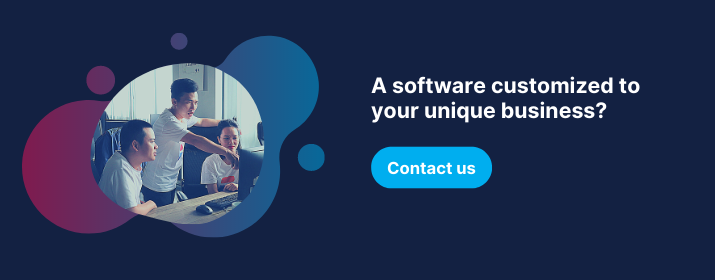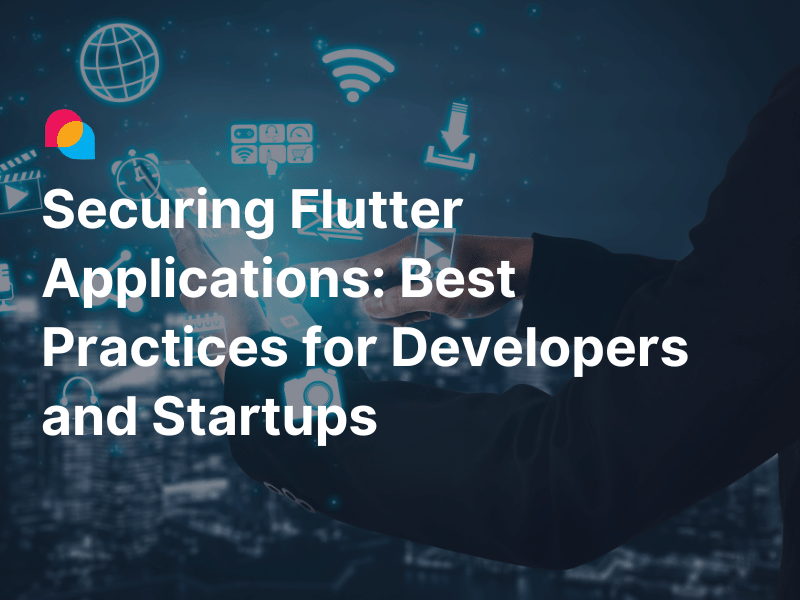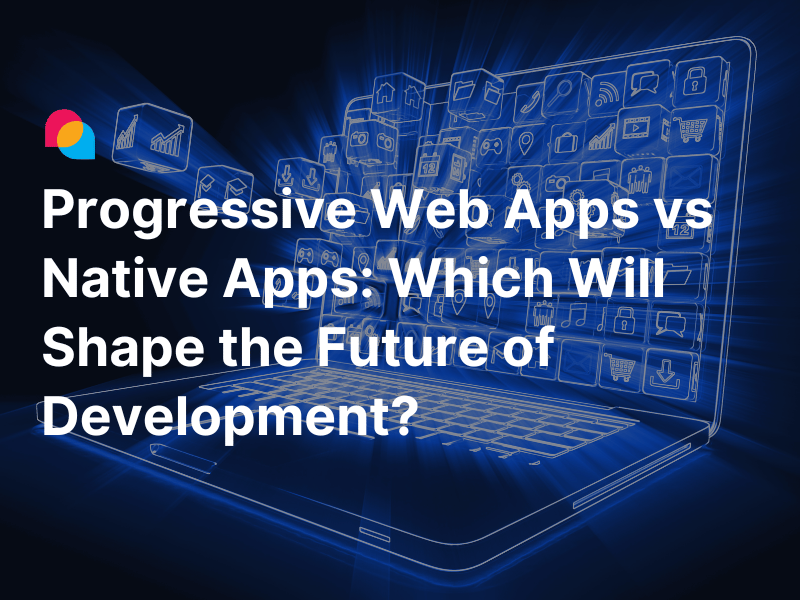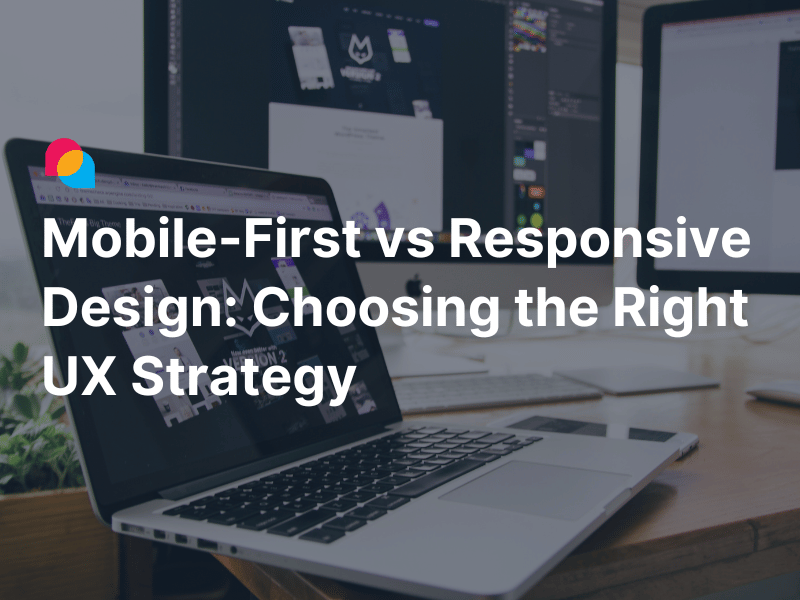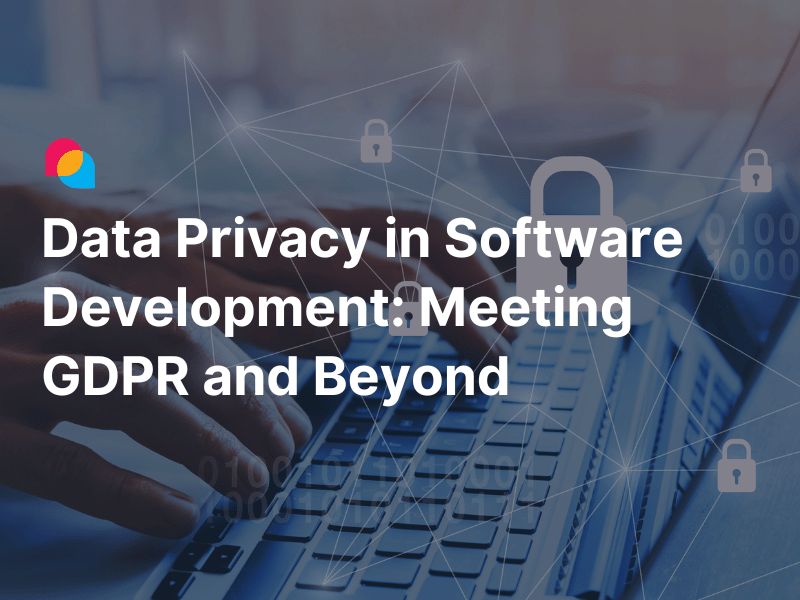Most of us have worked on software that feels like it belongs in a museum. It runs, it does the job, but every change feels like surgery. Meanwhile, competitors are layering AI into their systems and suddenly their platforms look smarter, faster, and more responsive. If we keep patching the old way, we’ll eventually find ourselves falling behind. That’s where AI-driven software enhancements come in; not as magic, but as the next step to keep our systems alive and relevant.
Why AI-Driven Enhancements Are No Longer Optional
Market Pressure Is Real
We’ve all seen it: a lean startup comes out of nowhere, moves fast, and suddenly customers expect features we can’t deliver with our current stack. These companies aren’t rewriting the world from scratch. They’re using AI to make their systems adapt quicker. If we don’t, the gap keeps widening.
It’s More Than Automation
At first glance, AI feels like a new way to automate tasks. But automation alone doesn’t cut it. What makes AI different is resilience. Systems start spotting problems before we do. They adjust when conditions change. That shift; from reacting to anticipating; can be the difference between scrambling after downtime and preventing it in the first place.
Standing Still Costs More Than Moving Forward
Outdated systems come with invisible taxes. Maintenance grows more expensive. Security holes multiply. Customers notice the cracks, even if we don’t talk about them in meetings. Reports show organizations that invest in AI-driven upgrades cut downtime and extend system life, while those that don’t often bleed money trying to keep fragile systems alive.
Checking If We’re Ready for AI
Legacy System Roadblocks
Let’s be honest: many of our systems were built long before AI was even a conversation. Big monoliths, decades of patches, and technical debt that nobody wants to own; sound familiar? These constraints don’t mean AI is impossible. They mean we need a plan that respects where we are while pointing to where we want to be.
The People Side of It
Technology isn’t the hardest part. People are. Teams may not trust AI suggestions, or they may see it as extra work. If we don’t prepare them; through training, clear communication, and small wins; we risk turning excitement into resistance.
Business Alignment
This is where many initiatives trip. AI for the sake of AI never sticks. The question is: does this enhancement support a business goal we care about? Is it about keeping customers happy, reducing costs, or opening new revenue? Without that clarity, we’re just experimenting.
Getting the Data Right
We’ve all heard “garbage in, garbage out.” When it comes to AI, it’s brutal truth. Clean, reliable data is the backbone of every useful enhancement.
- Quality & Governance: messy data equals bad predictions.
- Breaking Silos: disconnected systems keep AI blind. Connecting them gives a clearer picture.
- Real-Time vs Historical: sometimes we need quick answers from live data; other times, patterns from history help us make smarter long-term calls.
Getting this right isn’t flashy, but without it, even the smartest AI ends up frustrating instead of helping.
Where AI Enhancements Add Real Value
Predictive Maintenance
Instead of waiting for something to break, AI spots early signs of trouble. We’ve seen it in manufacturing, where downtime drops and machines last longer. Even railways are adopting AI to catch risks before accidents happen.
Personalized Experiences
Legacy systems rarely make customers feel special. But with AI layered on top, we can personalize content, offers, or interactions; without ripping out the whole backend. Customers don’t care how old the system is; they care that it responds to their needs.
Optimizing Processes
Workflows are full of small inefficiencies. AI highlights where things get stuck and suggests smarter paths. It’s like giving our systems a fresh set of eyes.
Fraud Detection
In banking or retail, speed matters. AI embedded in existing systems can catch suspicious behavior in real time, closing gaps that batch processes miss.
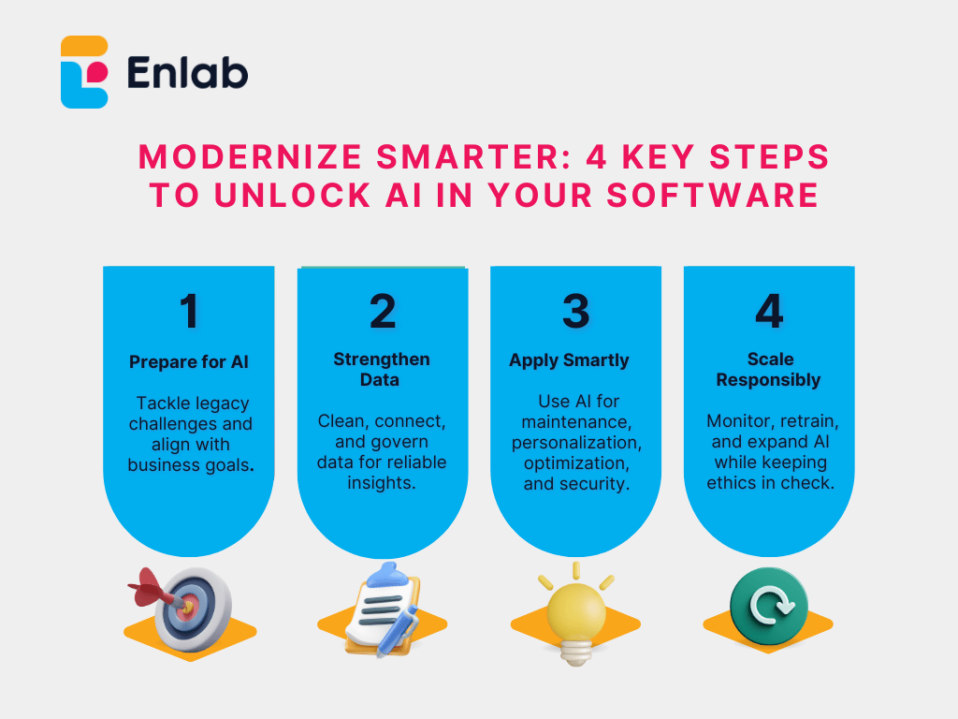
Making AI Fit Into Legacy Systems
Dropping AI into an old system isn’t as simple as flipping a switch. Most of us don’t have the luxury of rewriting everything from scratch, and honestly, that’s usually not the right answer anyway. The smarter approach is gradual.
- API Wrappers
Think of this as giving your old system a translator. By building an API layer, we can wrap intelligence around the core without breaking workflows that people still depend on. - Microservices & Containers
Instead of fighting the monolith head-on, we carve out smaller services. Each service can evolve faster, run in containers, and plug into AI features one piece at a time. - Low-Code Extensions
Sometimes we don’t need a heavy lift. Low-code platforms now come with AI accelerators that let us experiment quickly, prove value, and scale from there.
Keeping AI Responsible
We can’t ignore the ethical side. AI is powerful, but it’s not perfect.
- Bias and Fairness
If the training data is skewed, the output will be too. That means unfair decisions in hiring, lending, or even customer support. Checking bias isn’t optional. - Transparency
Users won’t trust “black box” systems. They need to know why the AI made a decision, not just what the decision is. Explainability builds confidence. - Compliance
Regulations are tightening across the globe. From GDPR to the EU AI Act, compliance has to be part of the plan, not an afterthought.
Scaling AI Without Losing Control
Rolling out AI once is one thing. Keeping it useful over time is another.
- Continuous Learning (MLOps)
AI models don’t stay accurate forever. Business needs change. Customer behavior changes. We need processes to retrain, test, and redeploy models on a regular basis. - Performance Monitoring
It’s not just about accuracy. We need to watch cost, latency, and system load. A brilliant model that slows everything down isn’t really helping. - Iterative Improvement
Think small pilots and sprints. Deliver something useful, learn from it, and then scale. The “big bang” approach usually collapses under its own weight.
Measuring What Matters
Every AI initiative eventually faces the ROI question. Was it worth it?
- Tangible Gains
Reduced downtime, faster processes, and lower maintenance costs are easy to track. - Intangible Value
User satisfaction and brand trust are harder to measure, but they matter just as much. Customers who feel understood stay longer. - Long-Term Payoff
The biggest win comes from future-proofing. Each AI-driven enhancement we make now cuts down tomorrow’s technical debt.
Roadmap to Future-Proofing
- Short Term: Start with quick wins, like predictive monitoring on one process.
- Mid Term: Expand across teams, reusing AI services instead of building each from scratch.
- Long Term: Treat AI as a core capability. Not an add-on, not a “special project,” but part of how the organization works.
Lessons From the Field
We’ve seen companies take wildly different paths. Some succeed, others stumble.
Success Stories
- A major bank used AI-driven code translation to modernize thousands of lines of legacy COBOL, cutting project time nearly in half.
- Manufacturers applying predictive maintenance saved millions by avoiding unplanned downtime.
Common Pitfalls
- Teams focus too much on “shiny” AI features and forget alignment with business goals.
- Data foundations get ignored, leaving AI models running on poor or incomplete information.
Key Takeaways
- Start small, but start.
- Prepare the people as much as the tech.
- Keep ethics and governance close to the surface.
- Measure early and often.
- Build momentum with wins, then scale responsibly.
Wrapping Up
AI isn’t a silver bullet. It won’t magically erase technical debt or solve every business challenge. But when used well, AI-driven software enhancements can turn our legacy systems into something far more valuable: systems that adapt, learn, and continue serving the business in a fast-changing world.
Future-proofing isn’t about chasing trends. It’s about making deliberate, practical moves that keep us in the game; not just for today, but for what comes next.
